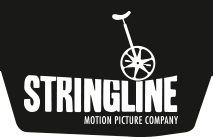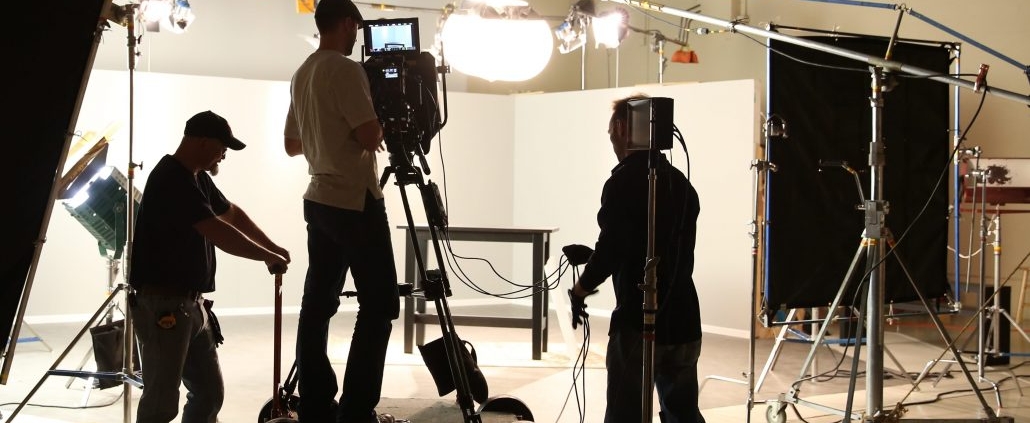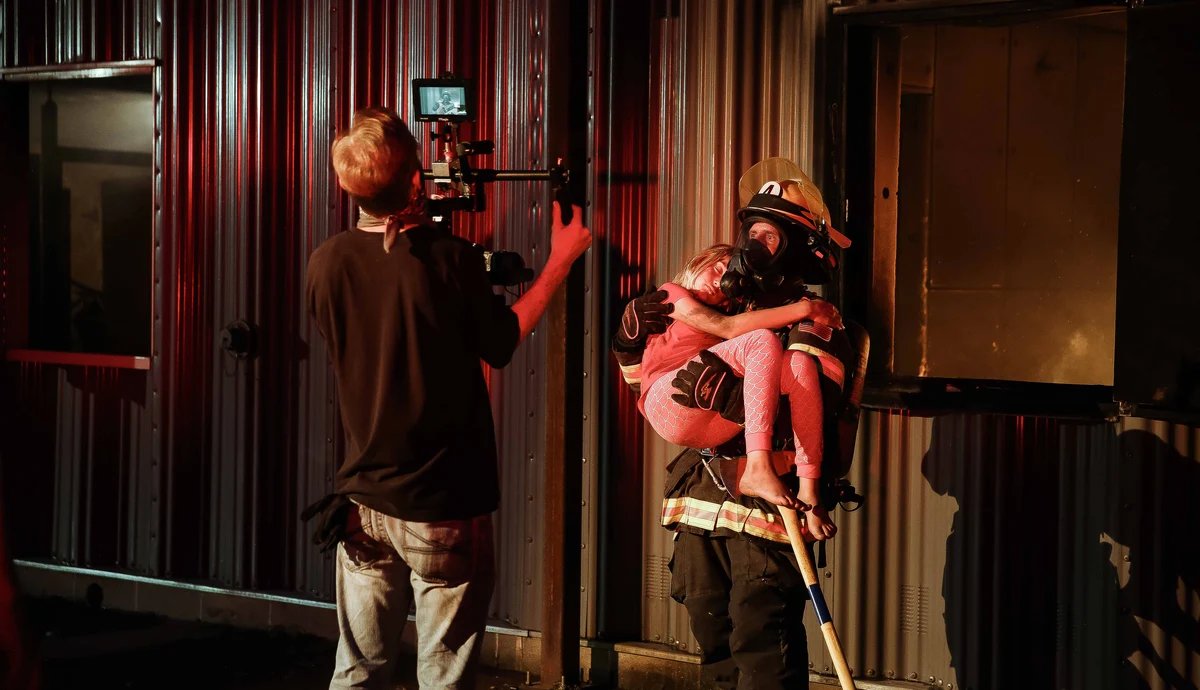Videography vs. Cinematography: Key Differences (And Similarities)
All moving pictures like films, commercials, television shows, documentaries, and online video ads start with an idea and a camera. Depending on the type of product, the main people capturing the content are cinematographers or videographers.
It’s all video, right? So, what’s the difference between videography vs. cinematography? While both mediums have similarities, they also have differences that depend on the needs of the final product. Let’s explore further to help decipher what’s best for your upcoming project.
Let’s Start With Similarities
Both cinematographers and videographers obtain footage by filming with a camera. Both mediums are artistic and creative, relying on a smart eye from the camera operator.
There can even be overlap depending on the budget and vision of the project. While videographers shoot most commercials, a big-budget commercial produced in Los Angeles may employ a cinematographer for the job.
Ultimately, the similarities come down to:
- Both mediums produce moving pictures
- Creativity and an artistic vision is required
- Working knowledge of a professional camera is necessary
- The end result is fully edited with sound and light
Differences Between Cinematography and Videography
Even though cinematography and videography seem very similar on a base level, many differences set the two mediums apart.
For starters, cinematography is considered the art of filming for cinema. Movies, documentaries, television shows, and even high-end, narrative Hollywood music videos get made with the help of a cinematographer.
Videography, on the other hand, can cover many types of video content, from wedding videos to promotional ads. The most significant differences appear in the following three categories:
1) Crew Size
One of the main differences between the two filmmaking mediums is how many people typically work on a film crew. One requires a lot of support, and the other can often be a one-person show.
Cinematography Crew
A cinematographer typically works on a large team of multiple film crew members. Under the director’s guidance, the cinematographer translates the overall vision with the help of:
- Gaffers
- Sound technicians
- Camera operators
- Grips
- Set designers
- Production assistants
- And more
Cinematography requires assistance from many moving parts in order to capture footage that will become the final product.
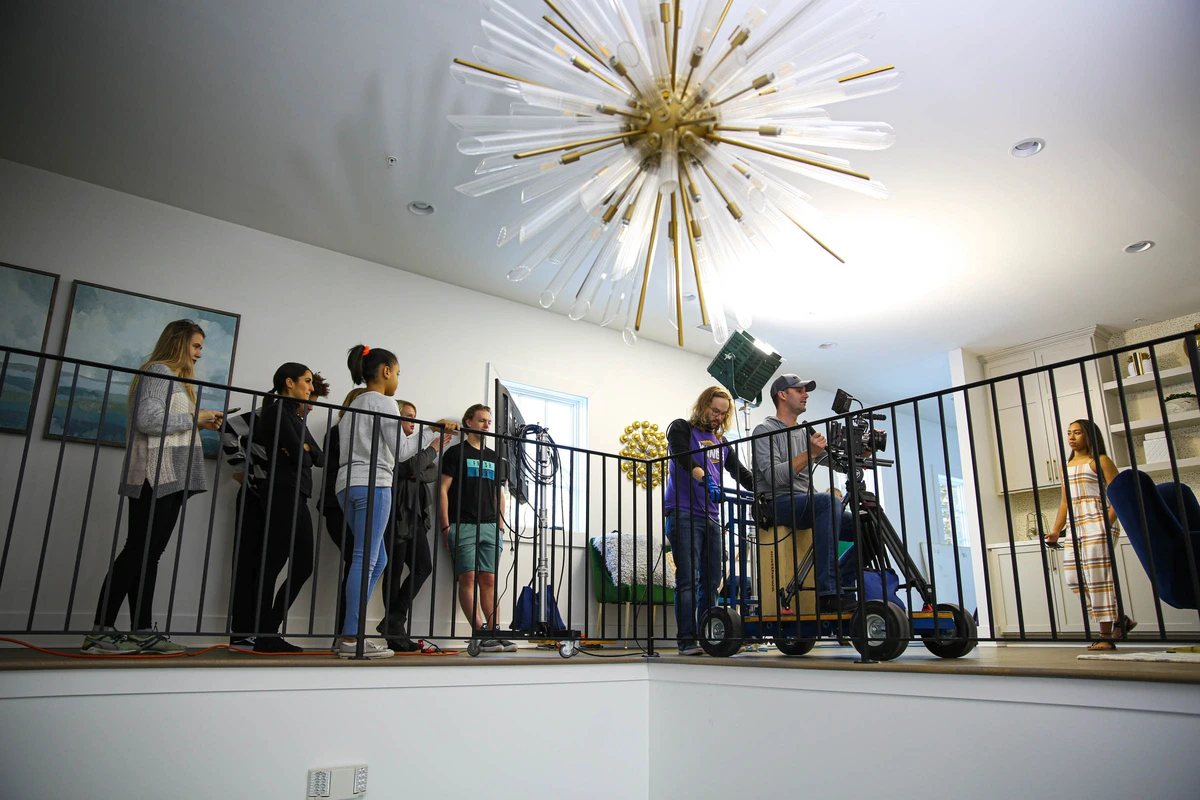
Videography Crew
Often, videographers work alone or with a small crew. Videography rarely, if ever, requires the sheer amount of crew members that cinematography does. As long as a videographer has the following equipment, they are good to go:
- Camera
- Tripods
- Camera lenses
- Lighting equipment
- Microphones
While a cinematographer receives instruction from the director and issues commands to the lighting crew, a videographer does not receive or issue commands.

2) Creative Style
Although both cinematography and videography require a creative eye, one offers more creative and stylistic freedom than the other.
Cinematography Creative Lens
Creativity is at the heart of cinematography. Each cinematographer has a unique personal style that they bring to every production.
This medium uses multiple elements like color, light, sound, hair and makeup, and set decoration to bring a script to life and tell a stylized narrative story. The goal is to transport the audience into a different world.
Videography Creative Lens
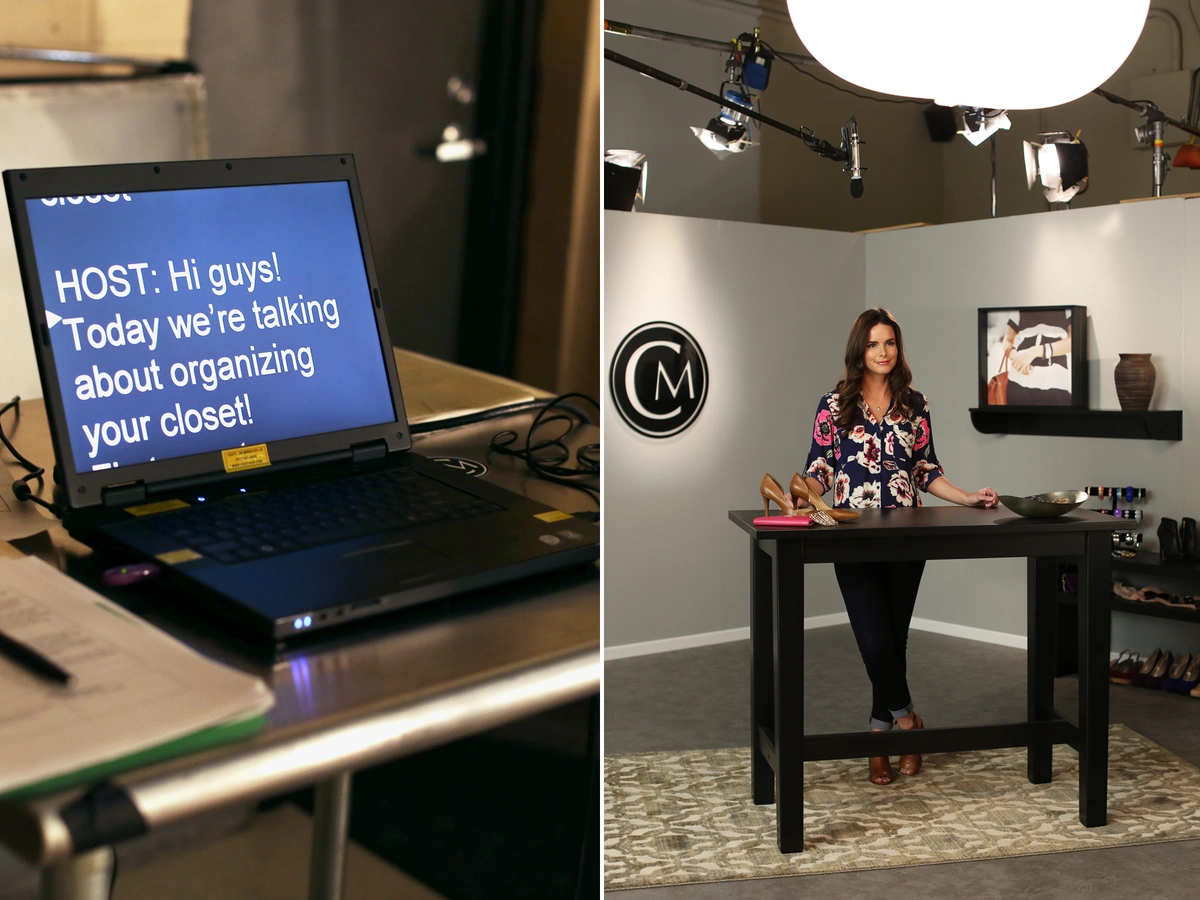
While videographers are creative people by nature, the medium of videography typically allows for less stylistic freedom, especially when capturing live events.
Videography is typically more straightforward and to the point. Videographers pay attention to the most important moments so that their final product is enjoyable.
While live sports or business conventions may not allow for a lot of stylistic freedom in videography, many wedding videographers can get creative when capturing and editing ceremonies.
3) End Result
Even though cinematography and videography are both in the business of making moving pictures, the intentions of the two end results are vastly different.
Cinematography: Entertainment
Technically, both mediums are in the art of storytelling. However, cinematography encompasses storytelling to a larger extent.
Cinematographers work with a narrative script and work meticulously in the pre-production process. Cinematography tells a narrative story through film.
The cinematographer is concerned with evoking emotions in an audience to hold their attention. This can be accomplished through:
- Humor
- Drama
- Thrills
- Suspense
Videography: Business
Instead of capturing frames for a film, videographers are concerned with capturing real-life moments. This is why a videographer would be the one to capture your wedding, business convention, or live sporting event.
Videographers do tell stories, but they’re often told with a business lens. On corporate videos, commercials, and training videos, the intention is often to sell a product or experience.
Whereas evoking emotion in cinematography is to hold an audience’s attention, emotional hooks are used in commercials to direct an audience towards a product.

Which One Do You Need for Your Project?
Are you looking to produce a short film or documentary? Or are you in need of a marketing video for your company?
When it comes to filming marketing videos, web videos, recruiting videos, and more, you deserve to work with a full-service video production agency that will take your brand to the next level.
The skilled producers at Stringline Pictures do it all. Contact us today to learn how we can create the perfect video for you.
